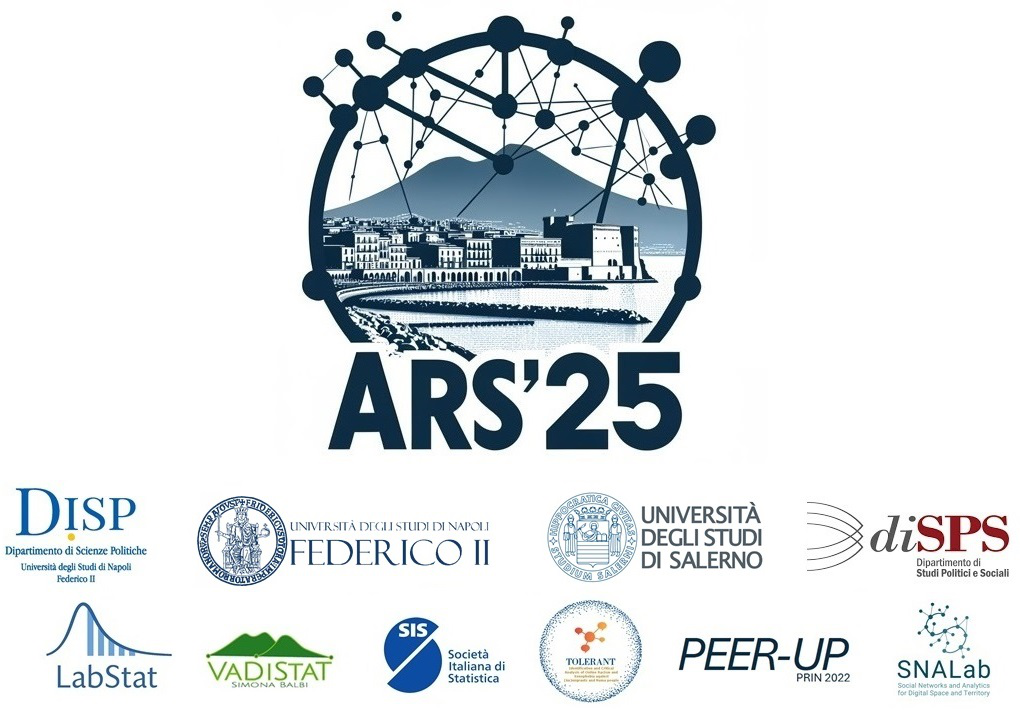Speaker
Description
The CEPII BACI database (link) offers a comprehensive dataset on bilateral trade flows between 200 countries, covering 5,000 products from 1995 to 2023. This dataset serves as a "gold mine" for constructing and analyzing weighted trade networks. We will use selected networks from BACI to demonstrate various exploratory analysis techniques for weighted networks.
The main challenges in weighted network visualization and analysis are:
- Large, dense networks (n > 20) are difficult to visualize clearly using traditional graph layouts. A more effective approach is a matrix representation with a "right" node ordering.
- A large range of weight values and a highly skewed weight distribution can distort analysis. Applying monotonic transformations (e.g., log scaling) helps adjust weights while preserving the importance of links.
- Dominant nodes (e.g., the U.S., China, Germany, the UK) often overshadow smaller economies. To ensure comparability, we can:
- Normalize networks (using Markov or Balassa transformations)
- Use size-independent measures (e.g., the Salton index)
To uncover the underlying structure of large or dense networks, we can reduce them to their skeleton by removing less significant links or nodes. We examine three types of skeletons:
- Closest k-neighbors skeleton (retaining only the strongest links)
- Pathfinder skeleton (preserving critical shortest paths)
- Weighted degree cores (focusing on nodes with high interaction intensity)
A time series of trade networks (e.g., annual snapshots) on a selected topic forms a temporal network. By inspecting the evolution of network skeletons, we can identify structural shifts in global trade patterns over time.
Keywords/Topics
weighted network, world trade, monotonic transformation, skeleton, normalization, Salton index, temporal network

